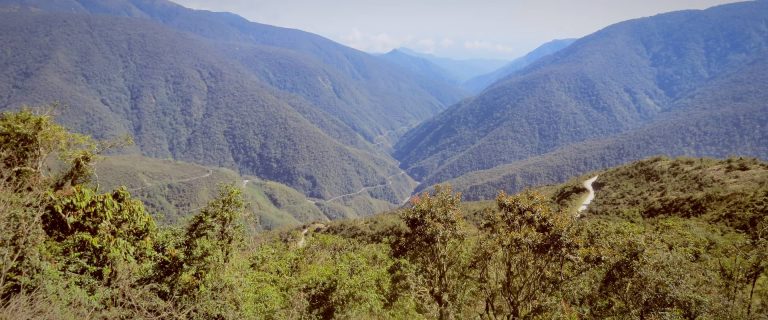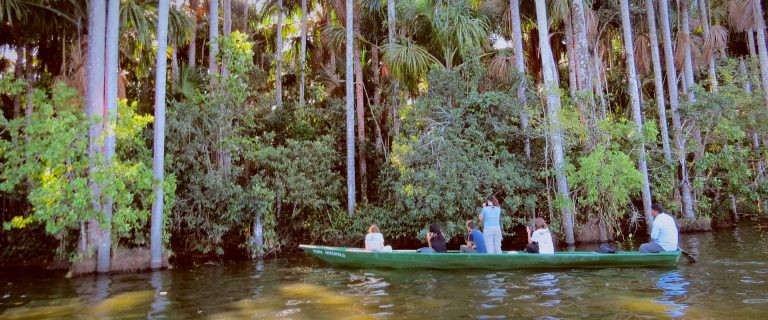Located between the regions of Madre de Dios and Cusco, In Manu and Paucartambo provinces, the Manu has an extension of 1,909.800 hectares divided in three big zones: the National Park, destined to conservation and were only scientific activities are allowed; the Reserved Zone to which controlled visit are made and the Transition or Culture Zone were some native communities live.
In Manu all the variety of ecological levels that exist in the Amazon can be found. This turns it into one of the most bio-diverse zones in the world. It is estimated that in its territory, there are more than 20,000 types of plants, 1,000 bird species, 1,200 butterfly species, 210 fish species and 200 mammal species. Among the most representative animals is the rooster of the rocks, the jaguar, the maquisapa monkey and lion monkey. Some of the Amazon communities that live in the area the Matsiguenka, Amahuaca, Yine, Amarakaeri, Huashipaire, nahua, among others that have never had contact with the occidental world.
Itinerary: Manu National Park Reserved
NOTE: The program can change according to the weather, river conditions and wishes of the group.


